You can expect your comprehensive eye exam to take about 30 to 60 minutes. […]
How Long Does an Eye Exam Take?
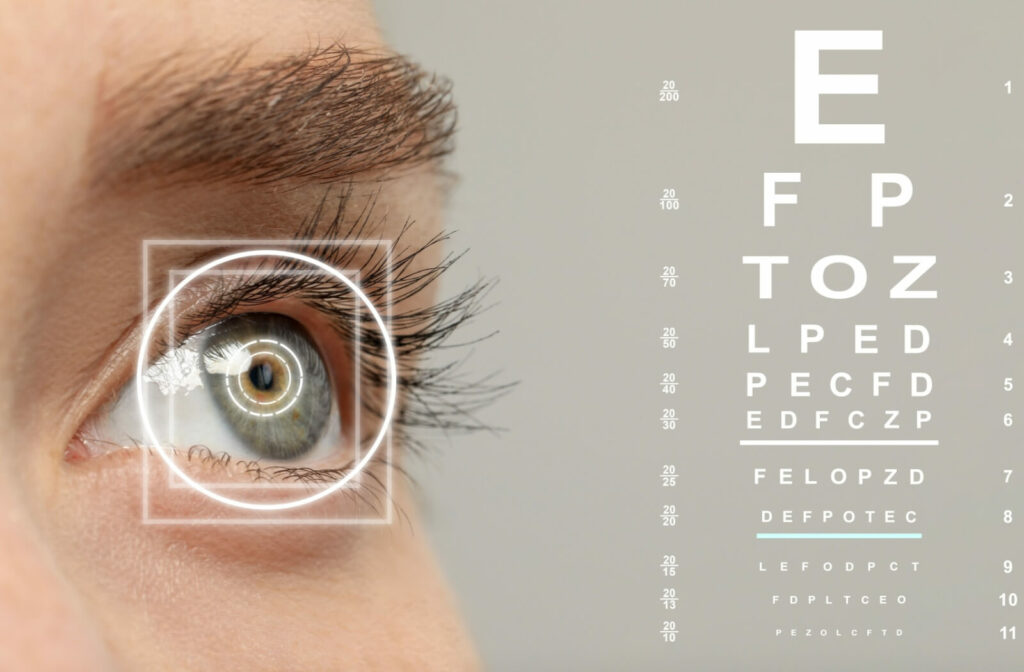


You can expect your comprehensive eye exam to take about 30 to 60 minutes. […]
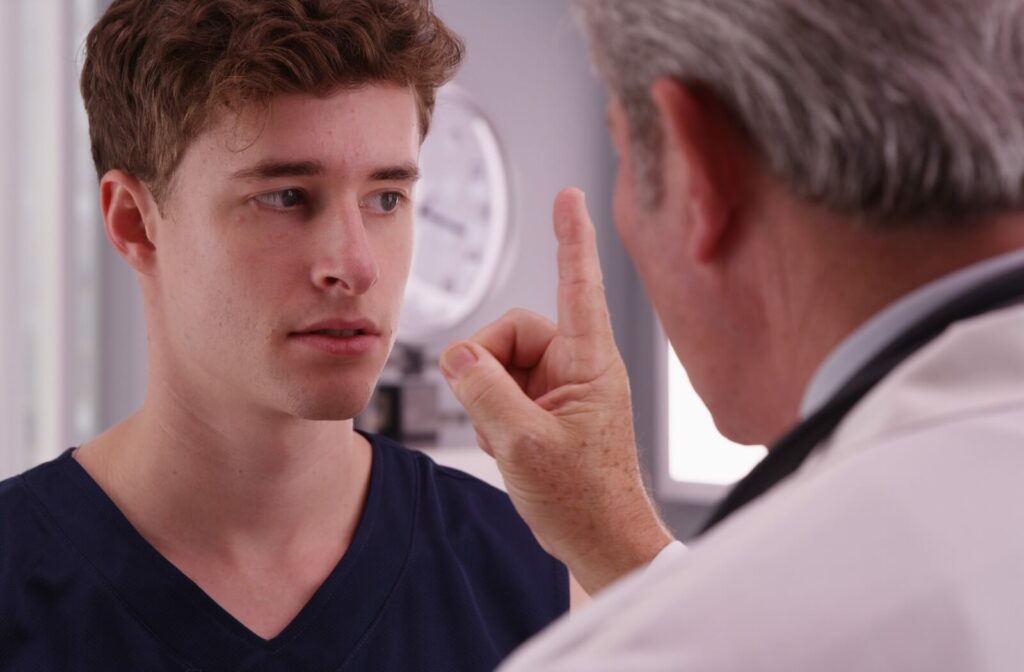
You can check for a concussion in the eyes by observing for visible signs like unequal pupils and performing simple tracking tests, though these observations should be followed by a professional evaluation.
[…]

For seniors 65 and over, OHIP does cover a comprehensive senior eye exam, but the frequency and follow-up rules have been updated. […]

Age-related macular degeneration (AMD) is one of the leading causes of vision loss in Canada, particularly among adults over 55. In fact, nearly 2.5 million Canadians are currently living with some form of AMD, making it a significant public health concern. […]
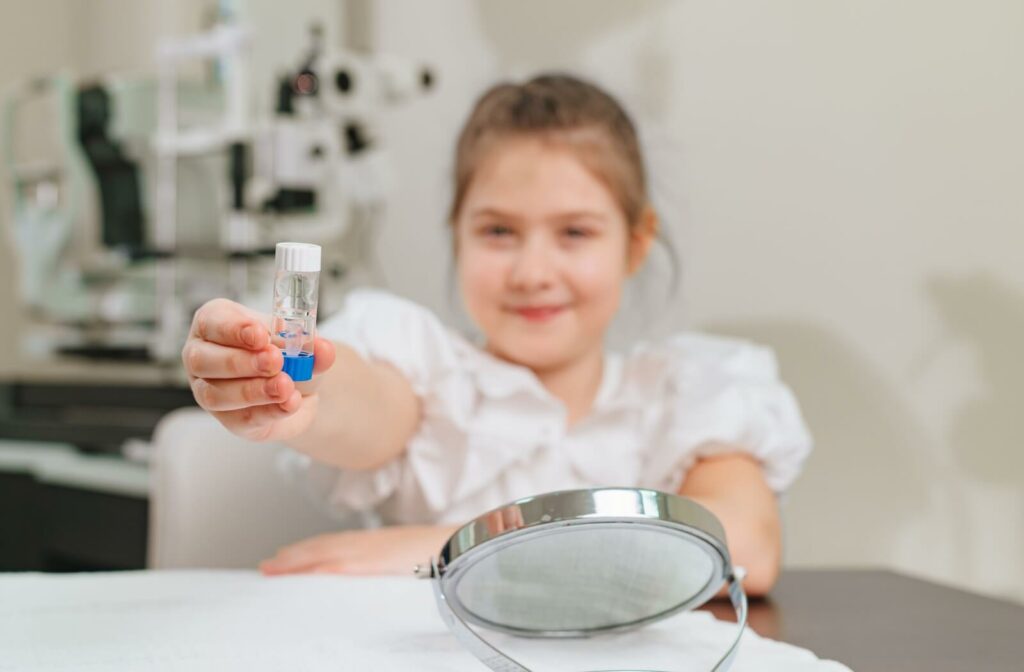
Ortho-k lenses are specialty contact lenses worn overnight that gently reshape your cornea, so that you can wake up and experience clear vision during the day, offering you freedom from glasses or contact lenses. […]
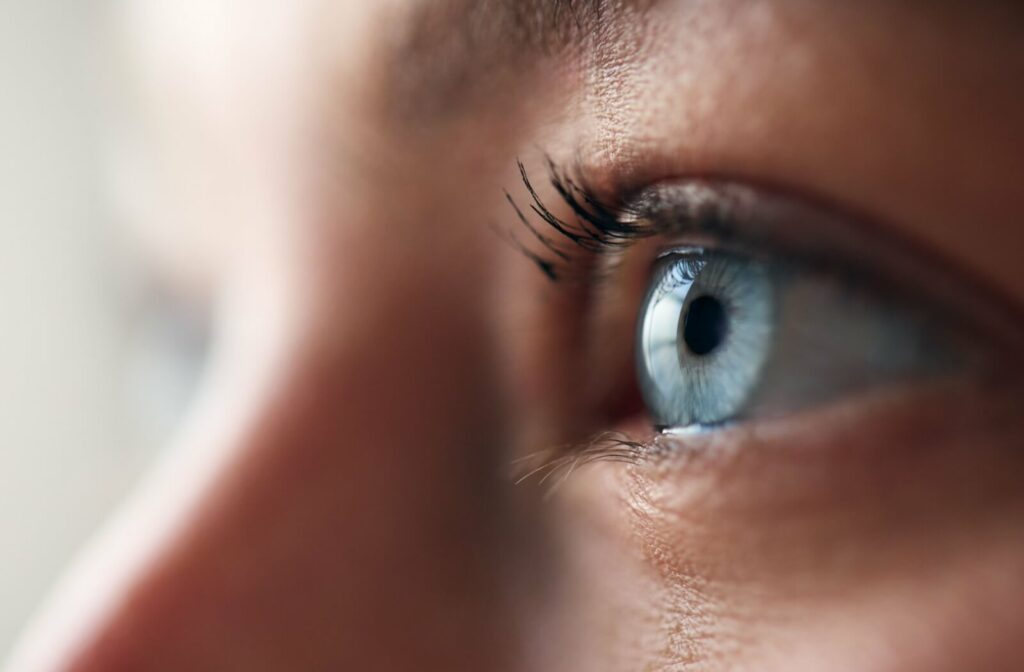
That’s where Syntonic phototherapy comes in—a time-tested, noninvasive therapy that uses the power of light to help restore balance to the visual system and the brain.
[…]
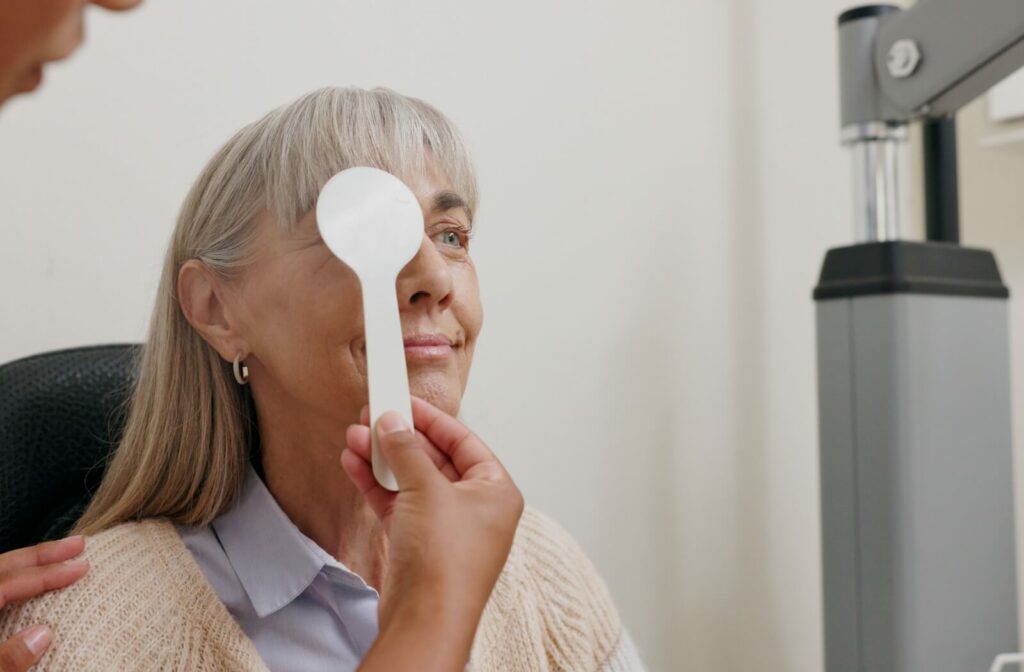
The first and most common sign of cataracts is blurry or cloudy vision. However, cataracts also cause sensitivity to light and glare, difficulty seeing at night, a reduction in colour vibrance, and, in some cases, double vision in one eye. […]
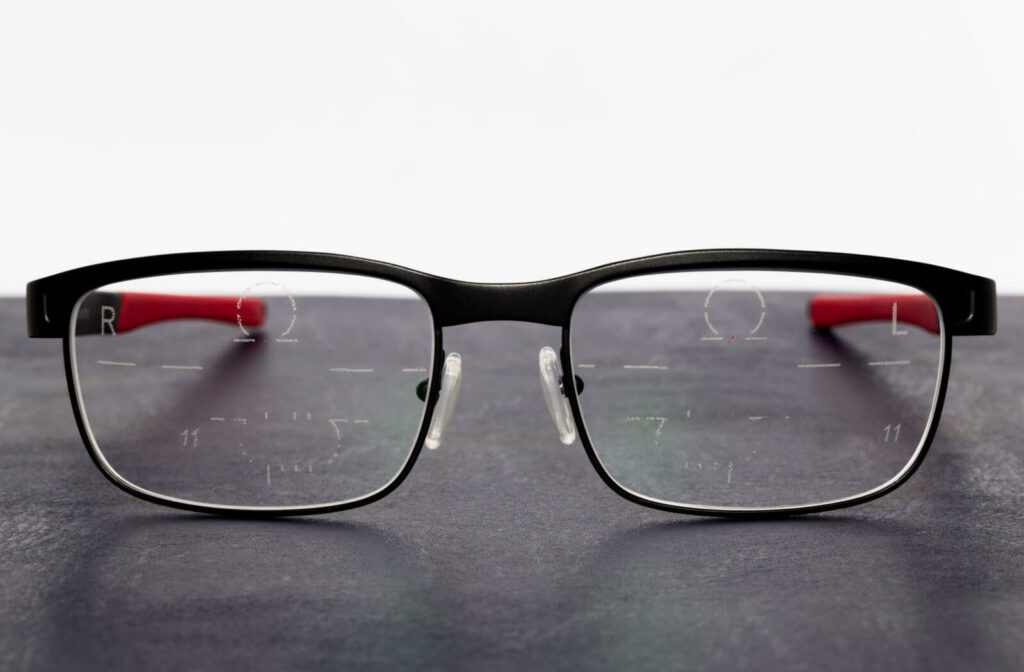
Progressive glasses use lenses that merge multiple optical strengths in one seamless design, granting clear vision at all distances without conspicuous lines.
[…]
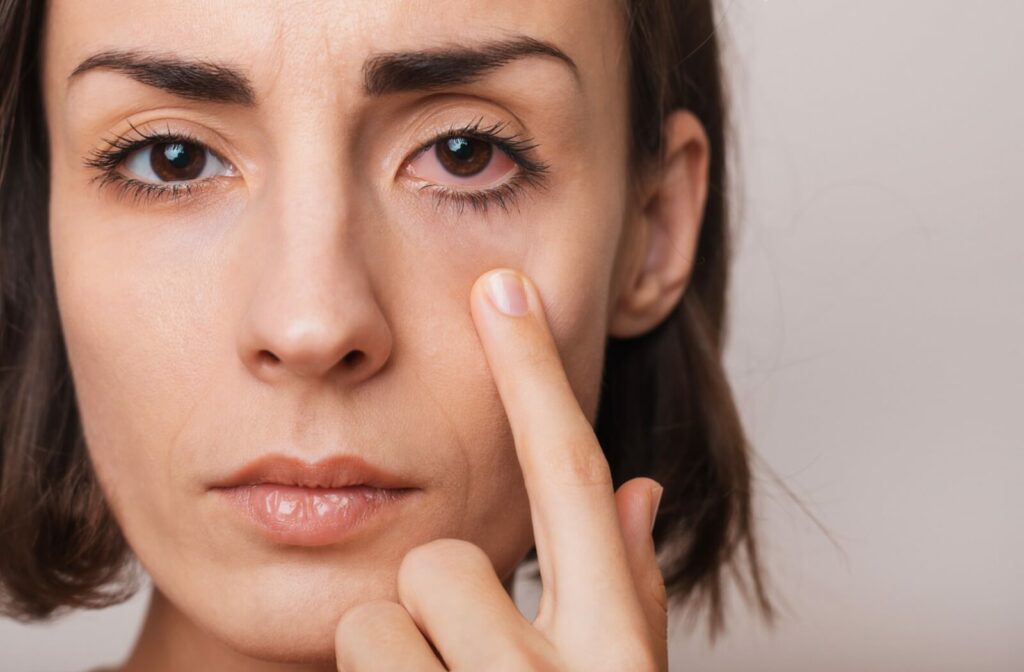
To the untrained eye, certain conditions share overlapping symptoms with pink eye, including:
Blepharitis
Dry eyes
Keratitis
Styes
[…]

Dry eyes are more than just a mild inconvenience—they can significantly impact your daily life, often in ways you might not immediately attribute to the condition. For example, dry eyes can cause blurriness, a surprising yet common symptom. Dry eye syndrome can cause several uncomfortable symptoms and potentially lead to complications if left untreated. So, […]